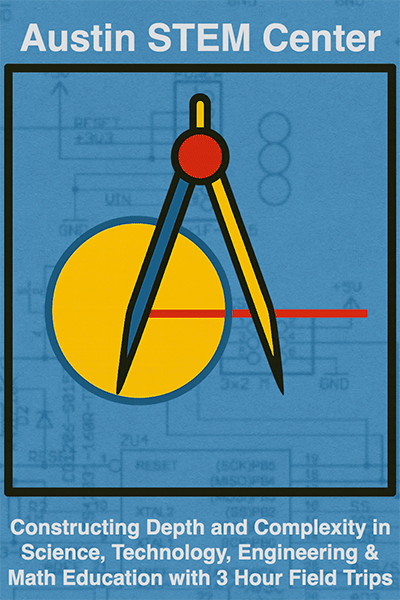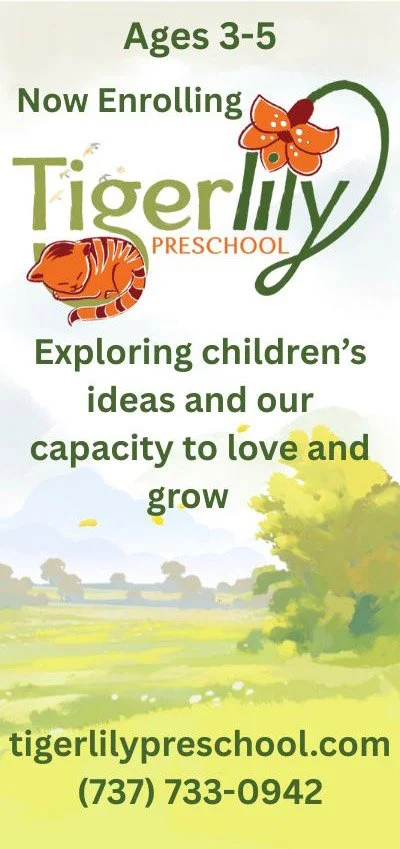College admissions for alternative schooled, homeschooled, and unschooled applicants (Part 2)
/Guest contributor Antonio Buehler, founder of Abrome and a highly experienced college admissions consultant, returns to the blog today with Part 2 of his extensive guide to college admissions for unconventionally educated students. You can learn more about Antonio and read Part 1 of this essay here.
Four-year Colleges vs. Community Colleges
University of California, Berkeley
Community colleges are a fabulous higher education alternative for both traditional and non-traditional applicants who are concerned about the costs of college or the distance from home, or who may not be able to gain immediate access to more selective universities. Unfortunately, many people (especially in more affluent communities [and charter school networks]) seem to look down on community colleges as an option because they do not carry with them an air of exclusivity. However, while many applicants and parents may find themselves on the outside looking in after the college admissions season, for many top state universities, community college is an excellent end-around into school, with many offering automatic admission based on GPA.[2] Community colleges have particular leverage among many elite public universities, such as Berkeley and UCLA, where upwards of 20 percent of the undergraduates come from community colleges. Although the percentage of community college transfers at the University of Texas at Austin is lower than at the California schools, over 40 percent of transfer students into UT-Austin come from community colleges.[3]
When to Apply
Sooner is always better than later in the admissions game. While some recommend holding off until Regular Decision (historically January 1st or 15th) so that applicants can build up their bona fides, it is extremely rare for someone to add anything to their application in a couple of extra months that will seriously move the admissions committee. The cost of delaying until Regular Decision is missing out on the opportunity to apply Early Decision, Early Action, or Restricted Early Action. And the chances of admission at most schools are substantially higher for those who apply early rather than later.
Many counselors and consultants also advise applicants with financial need to apply Regular Decision because they believe that applying early locks them into a school with no opportunity to compare financial aid offers. This is also a misplaced argument. First, those with the most financial need are most likely to benefit from the free room, board, and tuition that is offered by the most selective colleges with the most generous financial aid (e.g., Harvard, Princeton, Stanford). Second, all schools allow their applicants out of a binding admission if they can demonstrate that they cannot afford to attend. Third, many schools are need blind during early admissions, but become need aware later in the admissions process, meaning those with need are even more disadvantaged by waiting to apply.
It is also worth noting that many applicants can have multiple bites of the early admissions apple. Early Decision (ED) limits applicants to applying to only one school, and they must enroll if accepted (or forgo college altogether unless they can be released from their commitment due to financial or other exigent circumstances). Some of the more exclusive universities that have ED include Brown, Columbia, Dartmouth, and the University of Pennsylvania, as well as some of the most exclusive liberal arts colleges, such as Amherst and Williams. However, some schools also have an Early Decision Round 2, which allows people who fail to earn admission to their first-choice ED school to apply to another ED school. Although this is no longer an “early” admission, it is binding. More exclusive schools with an ED Round 2 include NYU, Pomona, Swarthmore, Tufts, Vanderbilt, and Wellesley.
Instead of Early Decision, applicants can choose to apply Early Action (EA), which does not bind them to the school should they gain admission. This allows them to apply with an increased likelihood of admission (although not as much of an advantage as ED) without taking away other potential college options. Some of the more selective schools with an EA round include CalTech, Chicago, Georgetown, and Notre Dame. Finally, a small number of schools offer Restrictive Early Action (REA), where applicants can apply early and get a non-binding response but can only apply to one school early. This means that they can apply to either a bunch of EA schools, or one REA school, but not a mixture of the two. The four most selective universities in the country happen to offer REA: Stanford, Harvard, Yale, and Princeton.
Crafting a Story
Another tremendous advantage of applying as a non-traditional applicant is that it is remarkably easy to come across as interesting, accomplished, and intellectually curious to the admissions committee. Most conventionally schooled students simply do not have time to be interesting, accomplished, or intellectually curious. They are stuck in required classes in school for 5 to 7 hours per day for 180 days per year for 13 years of their lives, in addition to all of the hours they spend on expected extracurricular activities and sports, required service hours, and the many more hours of homework and studying needed to finish at the top of their class. There is a reason why most high achievers are perpetually exhausted: there is not sufficient time to sleep, especially for those who come from feeder high schools and the schools that wish they were feeder schools.
On the other hand, non-traditionally schooled applicants are able to lead remarkable, interesting lives. It is not a given that they will, especially for those who attend schools where they have little to no say over how they spend their time, or for homeschoolers who are forced to work though boxed or online curriculum. But when young people have the freedom and time to take learning down pathways that meet their needs, they get to engage in the type of deep, meaningful, and enduring learning experiences that turn them from just another applicant with good numbers into someone who captures the attention of the admissions committee as well as future classmates. When those experiences are coupled with a level of intellectual vitality that rarely survives the K–12 schooling process (because of the coercive nature of schooling), colleges are eager to offer admission and bring these applicants onto campus.
It is not sufficient to have a great story, however. An applicant must also be able to tell a great story, and that is where the college essays and recommendations come in. Telling that story in a way that will move an admissions committee that reads tens of thousands of applications is challenging. It is why a select number of college admissions consultants charge over $20,000 to their clients. But non-traditionally schooled applicants typically have ample essay fodder to work with, and they typically have a sense of purpose or a mission in life that allows them to string that essay fodder into a powerful and compelling personal story.
Decision Time
The University of Texas at Austin
Almost as stressful as the application process is the decision process once the offers begin to roll in (if an applicant is not bound by an Early Decision offer of admission). Non-traditional applicants have a tremendous advantage over their traditionally schooled peers in picking a college and in taking advantage of the resources available to them at the next level. This is because traditional school applicants have been fighting to get to the top of their high school class, because ranking ahead of peers is deemed necessary to success, and now they are moving on to 13th grade with a vision of climbing to the top of their college class as well. To too many traditionally schooled students, education is about satisfying teachers and competing against peers, as opposed to learning.
Non-traditionally schooled young people have more likely seen education as a collection of experiences that have allowed them to understand themselves and to grow as intellectuals and humanitarians. Education to them is an opportunity, not a competition, and because of that perceived opportunity they are more likely to choose the college that is the best fit for them, as opposed to obsessing over college rankings. They are also more likely to take advantage of the many opportunities at college that they can use to continue to grow, as opposed to being worried about going down the same path as all of their pre-med and Goldman Sachs–bound peers.
Good luck to all the non-traditionally schooled young people out there who are heading into the college admissions season. You have tremendous advantages in the admissions game, but more importantly, you will have tremendous opportunities to make the most of your college experience.
“Great educations aren’t passive experiences; they’re active ones.”
—Frank Bruni
“Far more significant than where you go to school, however, is why and how.”
—William Deresiewicz
2. For example, the University of Virginia is one of the most prestigious public schools, often considered a “public Ivy,” and offers Virginia community college graduates who meet very reasonable standards a guaranteed admission into UVA. https://admission.virginia.edu/vccsguide
3. Conversation with UT-Austin admissions office, August 1, 2017.
Antonio Buehler


















